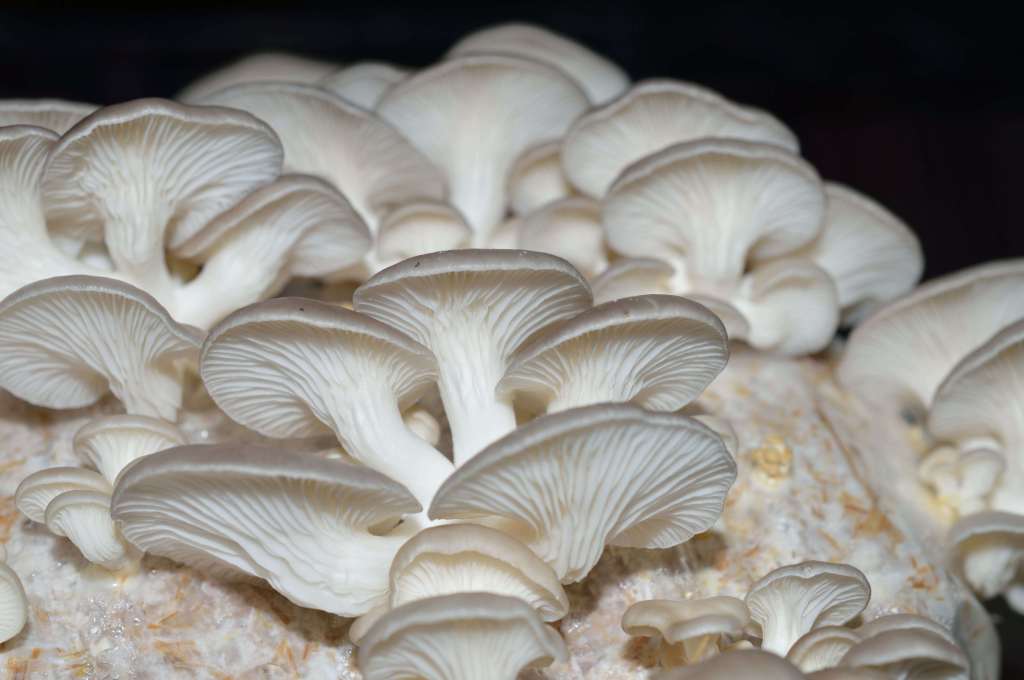Mushroom Cultivation: Exploring the Versatile World of Fungi
Introduction:
When most people think of mushrooms, they envision them as a delicious addition to a meal or as a foraged treasure in the woods. However, mushrooms have far greater potential than just being a culinary delight. With their unique properties and ability to thrive in various environments, mushroom cultivation has become an exciting field that holds promise for sustainable food production, natural dye production, medicinal remedies, and even eco-friendly construction materials. In this article, we will delve into the fascinating world of mushroom cultivation and explore its diverse applications.
1. Mushroom Cultivation in Raised Beds or Containers:
One popular method of growing mushrooms is through raised beds or containers. This technique allows for easy control over environmental factors such as temperature and moisture levels while providing ample space for mycelium (the vegetative part of fungi) to spread and develop fruiting bodies – the edible part we know as mushrooms. By using materials like straw, wood chips, or sawdust mixed with mushroom spawn (mycelium-inoculated substrate), growers can create optimal conditions for mushroom growth.
2. Growing Gourmet Mushrooms for Local Restaurants and Markets:
Gourmet mushrooms are highly sought after by chefs and food enthusiasts due to their unique flavors and textures. Varieties such as oyster mushrooms (Pleurotus spp.), shiitake mushrooms (Lentinula edodes), or lion’s mane mushrooms (Hericium erinaceus) can be cultivated on small scales or even commercially to supply local restaurants and farmers’ markets with fresh produce year-round.
3. Integrating Mushroom Cultivation with Permaculture Practices:
Permaculture is an approach to agriculture that aims at creating self-sustainable ecosystems mimicking natural patterns while minimizing waste generation. Integrating mushroom cultivation within permaculture systems provides numerous benefits such as recycling agricultural waste into nutrient-rich substrates or using spent mushroom substrate (the leftover material after harvesting mushrooms) as compost to enrich the soil. Additionally, mushrooms can help break down organic matter and enhance nutrient cycling in permaculture gardens, making them an excellent addition to any sustainable farming practice.
4. Cultivating Medicinal Mushrooms for Homemade Remedies and Tinctures:
Mushrooms have been used for centuries in traditional medicine due to their potential health benefits. Varieties like reishi (Ganoderma lucidum), turkey tail (Trametes versicolor), or chaga (Inonotus obliquus) are known for their immune-boosting properties and antioxidant content. By cultivating these medicinal mushrooms at home, individuals can harvest them and create homemade remedies such as teas, tinctures, or extracts to support overall well-being.
5. Mushroom Cultivation for Natural Dye Production:
Did you know that certain mushroom species can be used to produce natural dyes? For centuries, people have utilized fungi like the dyer’s polypore (Phaeolus schweinitzii) or the velvet top fungus (Phaeolus fomenterarius) to obtain vibrant colors ranging from yellows and oranges to greens and browns. By growing these dye-producing mushrooms under controlled conditions, artisans and textile enthusiasts can access a sustainable source of natural pigments without relying on synthetic alternatives.
6. Utilizing Spent Mushroom Substrate as Compost or Animal Feed:
After harvesting mushrooms, what remains is called spent mushroom substrate (SMS). Instead of discarding it as waste, SMS can be repurposed in various ways. One option is using it as compost since it contains valuable nutrients that enrich the soil when mixed with other organic matter like kitchen scraps or yard waste. Another possibility is utilizing SMS as animal feed due to its residual nutritional value; however, proper processing may be required depending on the type of mushroom grown.
7. Growing Edible Wild Mushrooms in Controlled Environments:
While foraging wild mushrooms can be an exciting endeavor, it can also be risky due to the potential presence of toxic species. To mitigate these risks, some growers have begun cultivating edible wild mushrooms like morels (Morchella spp.) or chanterelles (Cantharellus spp.) under controlled conditions. By mimicking the natural habitat requirements and using specific techniques such as mycorrhizal inoculation, it is possible to cultivate these highly prized mushrooms within a controlled environment.
8. Mushroom Cultivation for Sustainable Food Production in Rural Areas:
In rural areas where access to fresh produce might be limited, mushroom cultivation offers a viable solution for sustainable food production. With relatively low start-up costs and minimal space requirements, individuals or communities can grow their own nutritious food source year-round. Additionally, mushroom cultivation has a shorter growth cycle compared to traditional crops, allowing for quicker harvests and increased overall productivity.
9. Incorporating Mycelium into Building Materials for Eco-Friendly Construction:
Recent innovations have explored the use of mycelium – the thread-like network that forms the foundation of fungi – as a building material alternative in eco-friendly construction practices. By mixing mycelium with agricultural waste products like straw or wood chips and allowing them to colonize and bind together, it is possible to create lightweight yet durable materials known as “mycotecture.” These materials offer advantages such as thermal insulation properties, fire resistance, and biodegradability while reducing our reliance on environmentally harmful construction materials.
Conclusion:
From culinary delights to medicinal remedies and even innovative construction practices, mushroom cultivation offers endless possibilities for sustainable living and creative endeavors. Whether you’re interested in growing gourmet mushrooms at home or exploring new ways of incorporating fungi into various industries – from textiles to agriculture – there’s no denying that mushrooms hold immense potential beyond what initially meets the eye. So why not embark on your own mushroom cultivation journey and unlock the versatility of these fascinating organisms?


Leave a comment